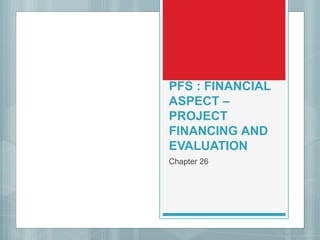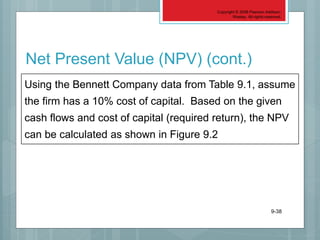The document discusses operational auditing and concepts related to evaluating organizational effectiveness and efficiency. It defines operational auditing as evaluating the effectiveness and/or efficiency of operations, with effectiveness referring to accomplishing objectives and efficiency meaning reducing costs without reducing effectiveness. Economy is defined as maximizing the use of limited resources to achieve goals. Examples of types of inefficiency include acquiring goods and services too costly, lack of bids for purchases, raw materials not being available when needed, duplication of employee efforts, and work being done that serves no purpose.








































































